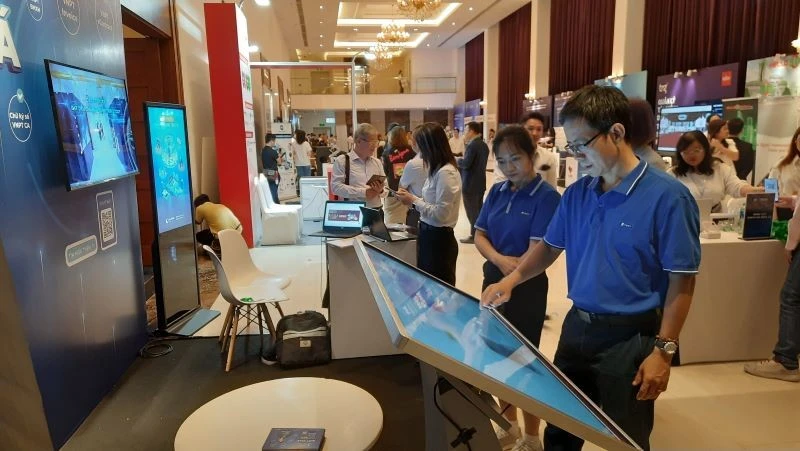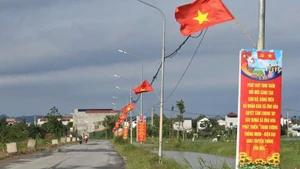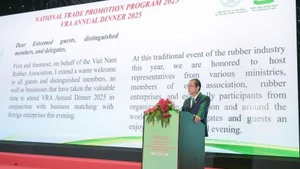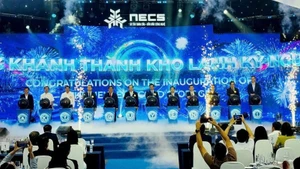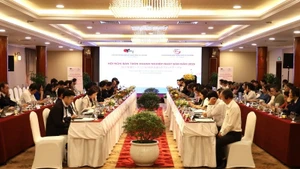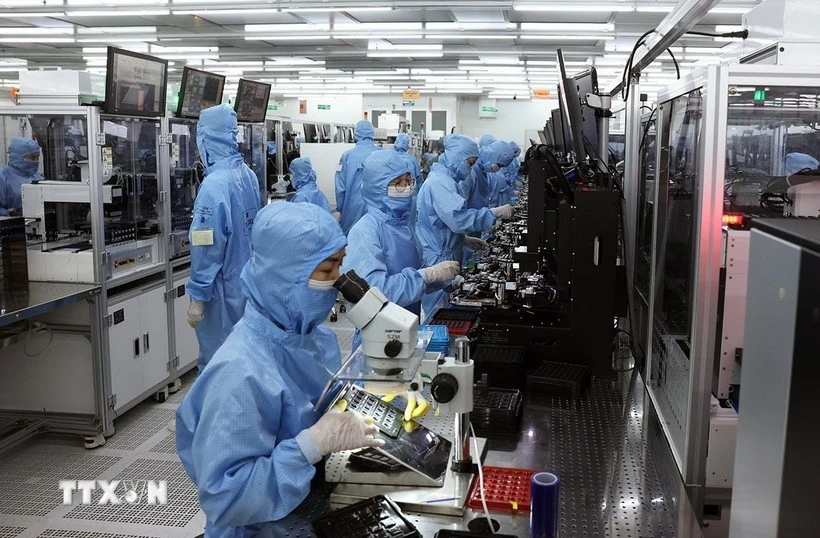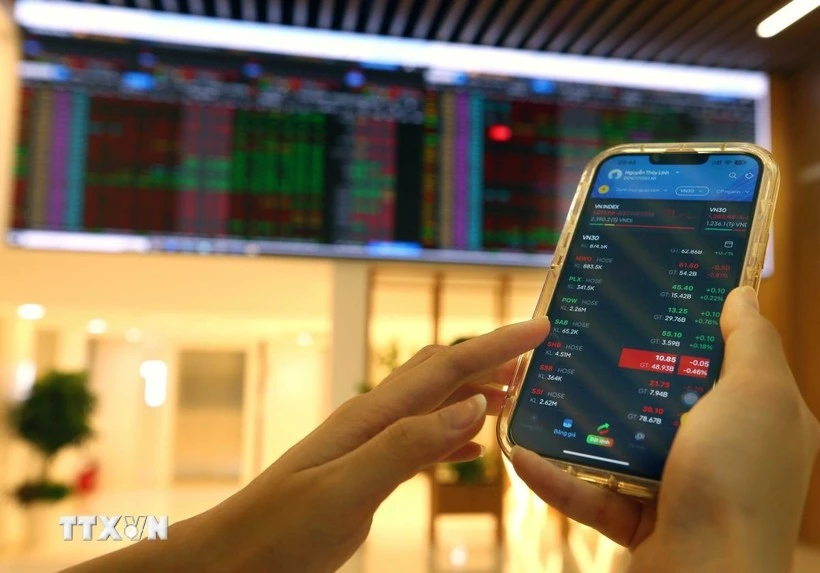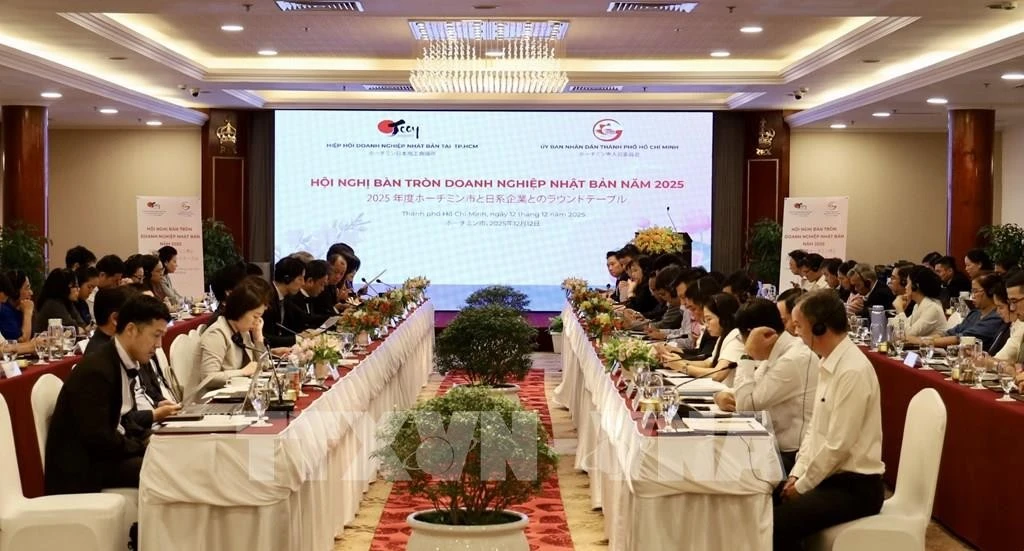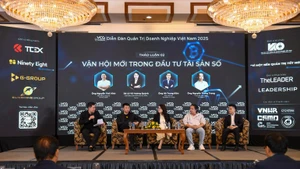According to experts, after the merger, Ho Chi Minh City became a mega city covering more than 6,770 km² with a population of slightly more than 14 million. This is a new development model that requires modern digital governance capacity, together with a growth model based on productivity and high technology.
According to Lam Dinh Thang, Director of the Department of Science and Technology of Ho Chi Minh City, following the merger, Ho Chi Minh City has entered a new stage of development with a growth model driven by high labour productivity and high technology, marking a clear shift away from labour-intensive industries. Among these drivers, the digital economy is a new growth engine. The city’s economy will follow the vision of “one space, three closely interconnected development zones.”
Specifically, the former Ho Chi Minh City serves as the core urban area and the centre for international finance, commerce, science and technology, and innovation. The former Binh Duong area functions as an industrial hub attracting foreign investment. The former Ba Ria–Vung Tau area represents a maritime economic zone specialising in logistics, clean energy, heavy industry linked with seaports, and marine tourism.
Experts believe that the core strength of the former Ho Chi Minh City lies in its service economy, particularly in information and communications technology (ICT) and digital platforms. The new city will inherit and further this advantage, becoming the national hub for innovation.
This will be the centre of Internet-based economic activities, from software and digital application development to e-commerce. Priority will be given to developing the data economy, algorithmic economy and sharing economy, creating a vibrant start-up ecosystem that draws talent and investment from around the world.

Meanwhile, the former Binh Duong area brings outstanding strength in manufacturing. The merger provides the new Ho Chi Minh City with ideal conditions to promote smart manufacturing and digital transformation among enterprises in the processing and manufacturing industries.
Smart factory models will be expanded, applying technologies such as IoT, AI and Big Data to automate and optimise production processes. This will not only enhance productivity but also create a digital supply chain closely linking production with consumption.
The former Ba Ria–Vung Tau area contributes its strength in the maritime economy, particularly in seaports and tourism. The goal for the new Ho Chi Minh City is to accelerate digitalisation and innovation in both of these sectors. The logistics system will be optimised through digital platforms, enabling smart supply chain management and reducing costs and delivery times.
In addition, the tourism industry will undergo comprehensive digital transformation, from online ticket and accommodation booking to virtual reality experiences, creating digital tourism packages. This will not only improve efficiency but also generate unique tourism products that appeal to visitors.
After the merger, Ho Chi Minh City has become a mega city and the largest economic centre in Viet Nam, with outstanding population scale and GRDP. This scale will attract high-quality international investment and human resources, creating a large domestic market and strong global competitiveness.
Ho Chi Minh City is also one of the country’s leading localities in terms of digital infrastructure, with strong institutional and foundational digital systems, a large information technology workforce, and a vibrant start-up ecosystem.
Furthermore, the city benefits from special policies under Resolution No. 98/2023/QH15 of the National Assembly on piloting specific mechanisms and policies for the development of Ho Chi Minh City, such as talent attraction, start-up support, sandbox mechanisms, and tax incentives.
These policies can be expanded and effectively applied to the new Ho Chi Minh City, creating a favourable and breakthrough environment for innovation and digital economic growth.
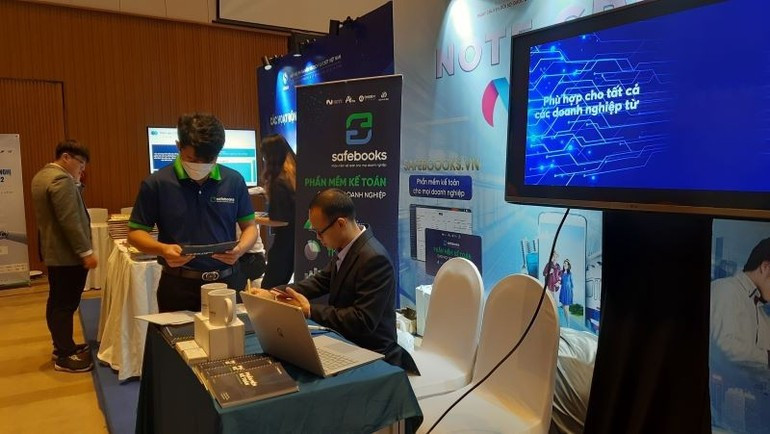
However, the locality is also facing challenges such as the lack of harmonised policies and institutions, the shortage of high-quality human resources, and the underdevelopment of digital infrastructure — all of which hinder digital economic growth.
According to Nguyen Huu Yen, Deputy Director of the Department of Science and Technology of Ho Chi Minh City, the department has proposed five pillars to promote the digital economy of the new Ho Chi Minh City: improving institutions to support digital and social economic development; developing digital infrastructure; enhancing the quality of digital human resources; building an innovation ecosystem; and strengthening cooperation and linkages.
For the pillar of building an innovation ecosystem, it is necessary to establish an internationally scaled-up ecosystem that fosters entrepreneurship and technological breakthroughs.
This includes developing specialised Science, Technology and Innovation Parks, which will serve as convergence points for research institutes, universities, business communities, and venture capital funds, thereby forming a strong high-tech start-up ecosystem.
To boost the digital economy, the city must prioritise financial resources for developing human capital. It should implement advanced training programmes in fields such as AI, Big Data, Blockchain, semiconductors, cybersecurity, and other emerging technologies, while introducing policies to attract and retain top talent.
